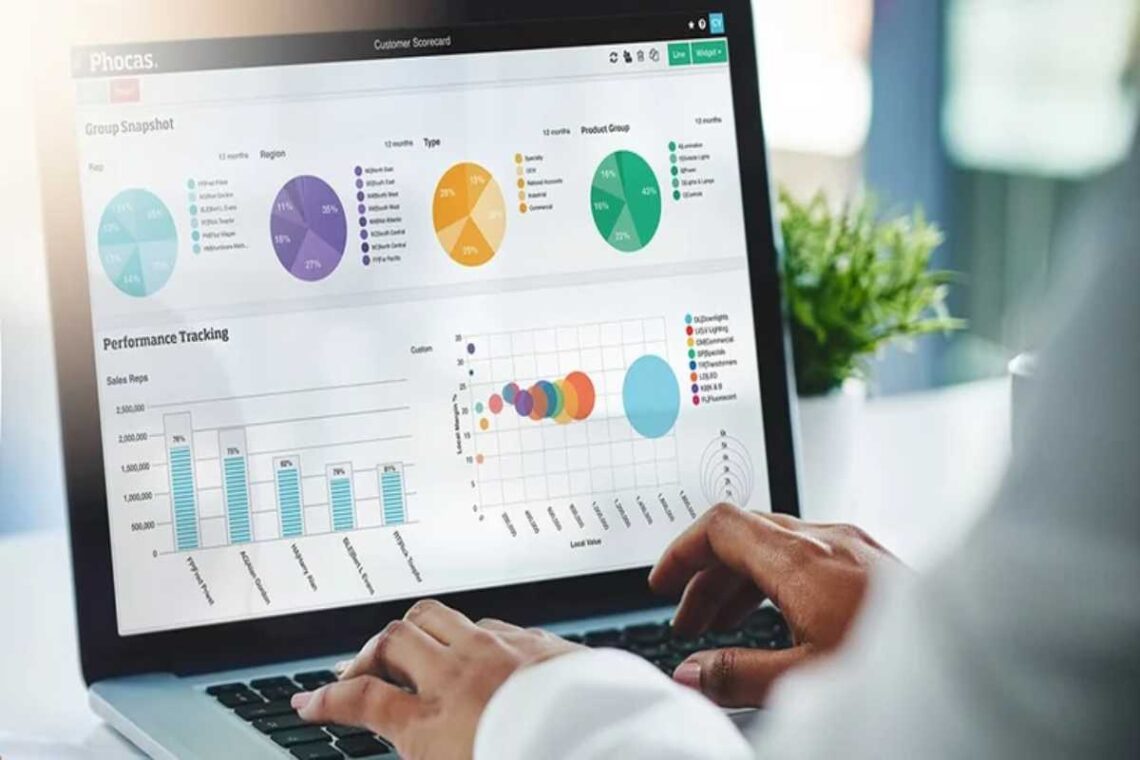In today’s fast-paced digital world, businesses are overwhelmed by an ocean of data that holds the potential to revolutionize decision-making and market strategies. But how do you navigate this sea of information to discover the treasure of actionable insights buried within? The answer lies in the art and science of data visualization. It’s not just about transforming numbers into pretty charts; it’s about distilling complex data streams into visual narratives that illuminate your path to business success. This article will guide you through the transformative power of data visualization, offering you a toolkit to not only decode but also anticipate market trends, enhancing your competitive edge. Get ready to unlock new dimensions of understanding and innovation as we explore the nuances and practical applications of this indispensable business tool.
Shaping Smarter Decisions with Real-Time Visual Insights
Imagine having the power to make informed decisions quickly and accurately. By leveraging real-time data visualization, you can transform streams of data into clear visuals, providing instant insights into trends and issues. This approach saves you from the tedium of manual analysis, allowing you to make decisions based on the latest information. Real-time dashboards offer a comprehensive view of performance metrics, fostering collaboration and enabling synchronized decision-making across teams. With these tools, you’re not just keeping pace with the market; you’re staying ahead by swiftly identifying opportunities and challenges.
Visual Perception as a Key to Business Insight
Understanding how visual perception shapes business insights is key to using data visualization effectively. By applying principles like Gestalt principles, you can organize complex data into cohesive patterns that enhance comprehension. Visual experiences are powerful, serving as a primary sensory input that influences cognitive reasoning across diverse fields. By transforming raw data into compelling visual narratives, you improve clarity and accuracy in decision-making. This strategy not only streamlines data interpretation but also empowers you to forecast trends and spot new opportunities with precision.
Step-by-Step Guide to Integrating Visualization Tools
To successfully integrate data visualization tools, start by identifying your team’s specific needs and the type of data you handle. Understanding your audience is crucial, as it guides the selection of tools that best support data insights. Companies that embrace a data-first culture are significantly more competitive. Incorporate features like interactivity to engage users, making data exploration intuitive and insightful.
Overcoming Challenges in Visualization Adoption
Adopting data visualization can present challenges, such as employee resistance due to unfamiliarity with new tools. Overcoming these challenges involves investing in training programs that enhance tool proficiency. Additionally, ensure the quality of your data to avoid misleading insights. By tackling these issues, you can transform complex datasets into compelling visual stories that drive actionable insights.
Maximizing Market Reach with Visual Data
Data visualization can significantly boost your competitive edge by simplifying complex data into digestible graphics. As more mobile applications integrate data visualization, this tool not only streamlines decision-making but also enhances customer satisfaction by making data accessible to non-technical stakeholders. As the technology evolves, it offers a pathway to unlocking new market opportunities and strengthening your competitive position.
Transformative Visualization Success Across Industries
Incorporating data visualization can enhance decision-making and efficiency across various industries. In healthcare, tools like dashboards and heat maps streamline patient care, turning complex metrics into comprehensible visuals. Similarly, in retail, visualizing sales and customer feedback data helps businesses understand consumer behavior, leading to optimized inventory management and improved customer satisfaction. By selecting the right visualization tools tailored to your industry’s needs, you can transform raw data into actionable insights, gaining a competitive edge.
Engaging Audiences with Dynamic Video Visuals
Creating a video to showcase your data visualization is an innovative way to engage your audience. By using a free video editor, you can create a video and save massive time, while transforming static data into a compelling narrative tailored for each viewer. These tools allow you to add audio, adjust video speed, animate elements, and more, enhancing your storytelling capabilities. By integrating these features, your data visualization video can tell a rich story that resonates with viewers, encouraging them to take the actions you aim for.
Data visualization is more than just a tool—it’s a transformative lens that reshapes how businesses perceive and act upon their data. By tapping into its potential, companies are no longer passive observers of trends but active participants in shaping their futures. As you embrace these dynamic visual strategies, you’ll find not only clarity in chaos but a newfound agility to seize opportunities and drive innovation. It’s time to let your data narratives lead the charge in the evolution of your business landscape.

